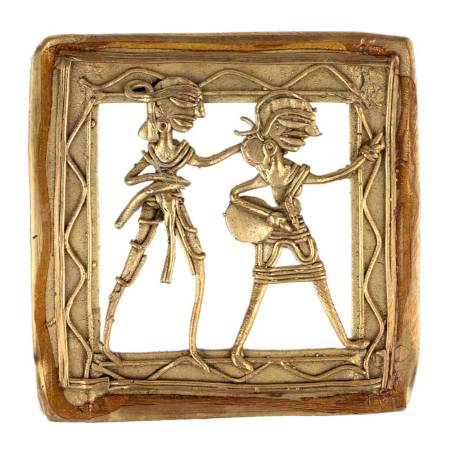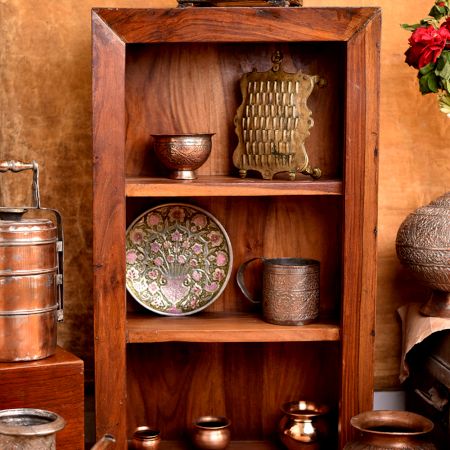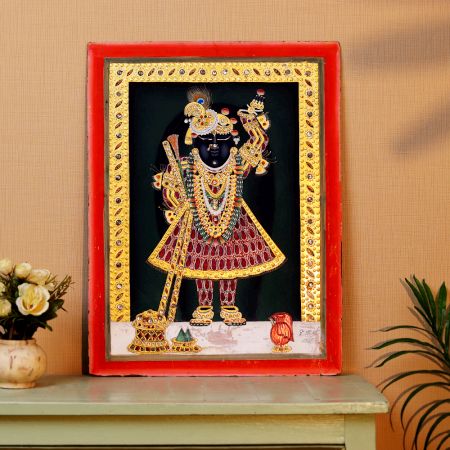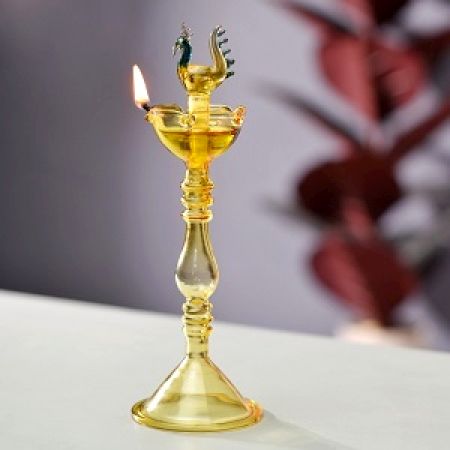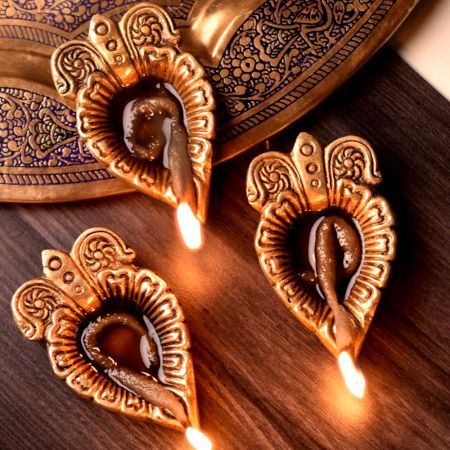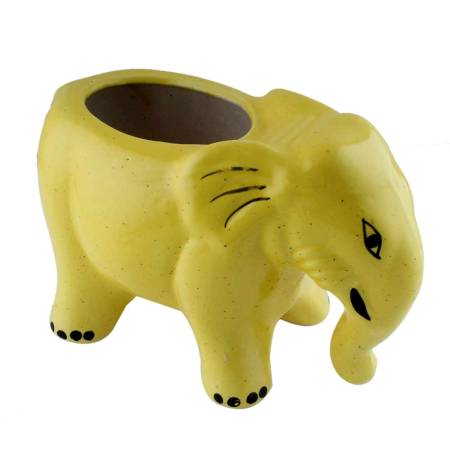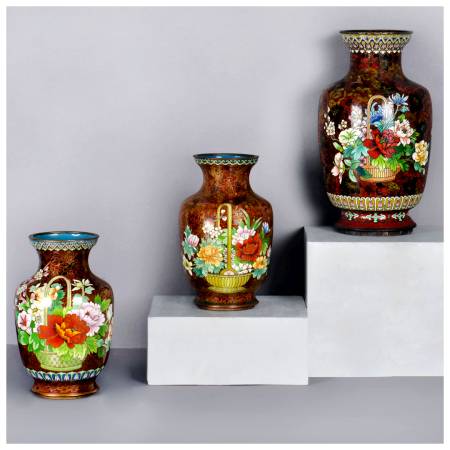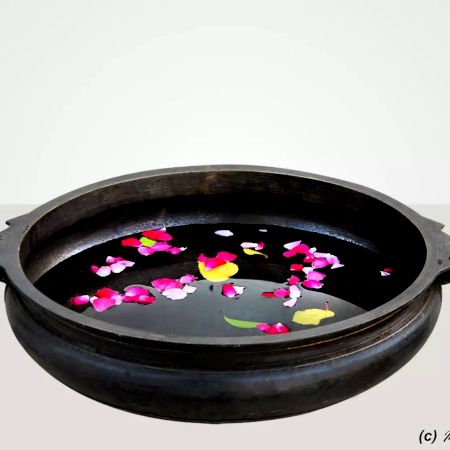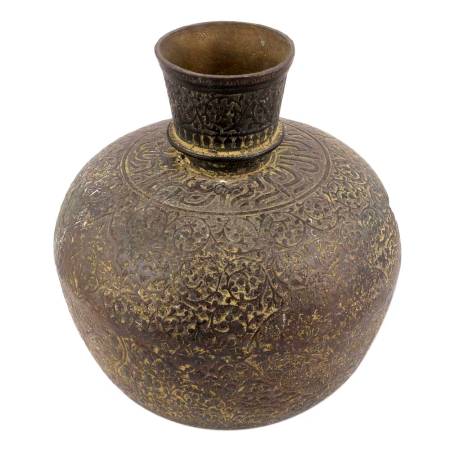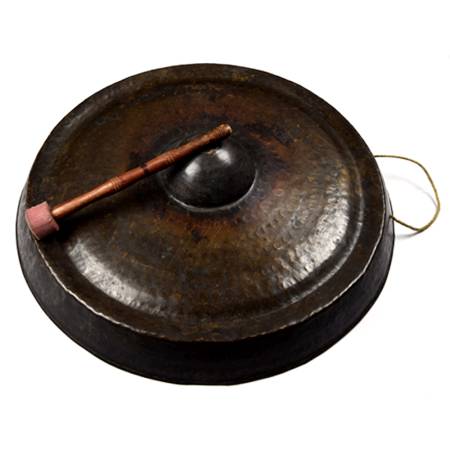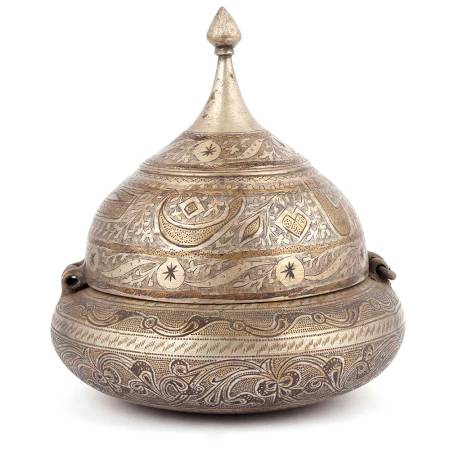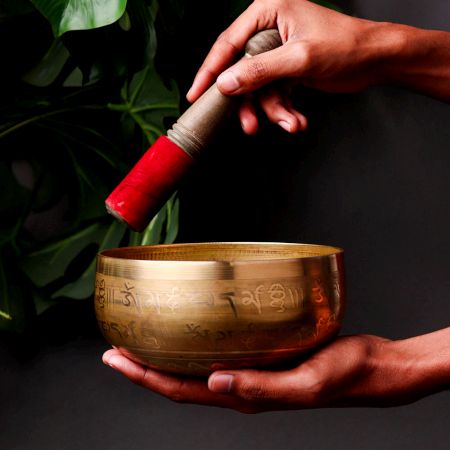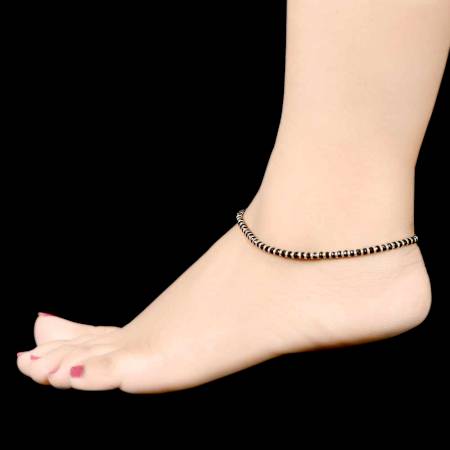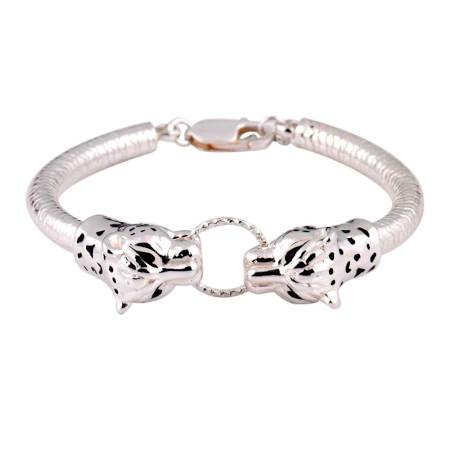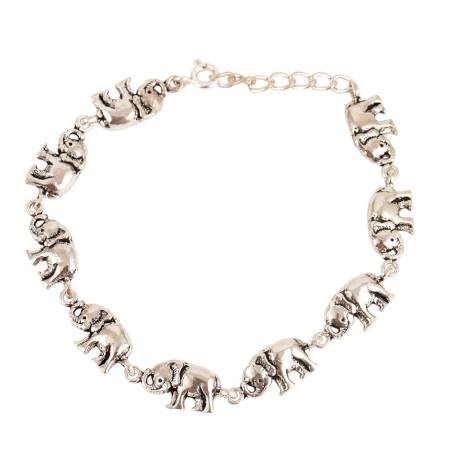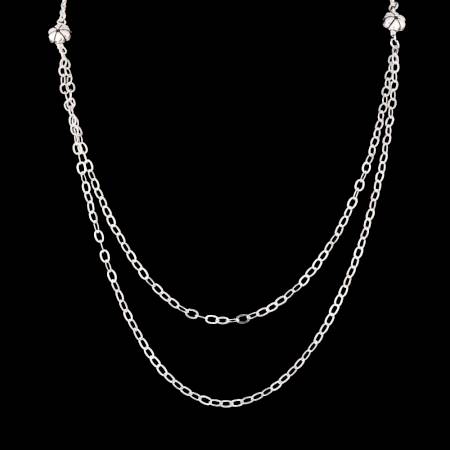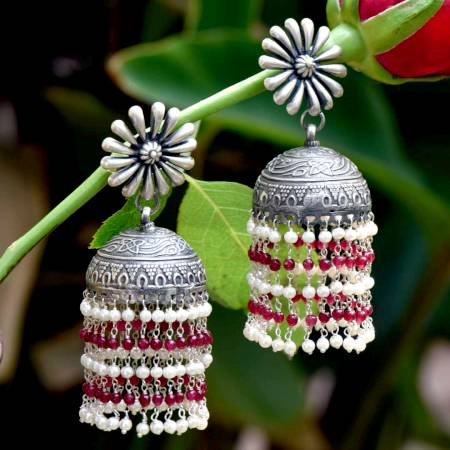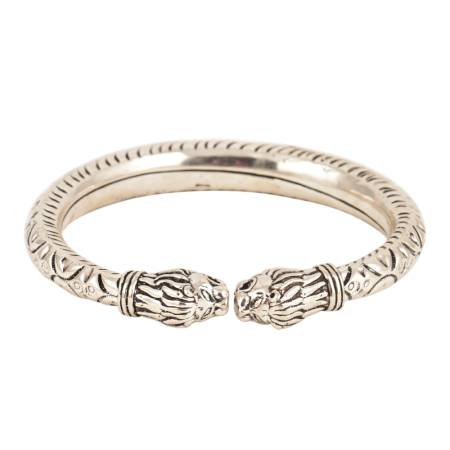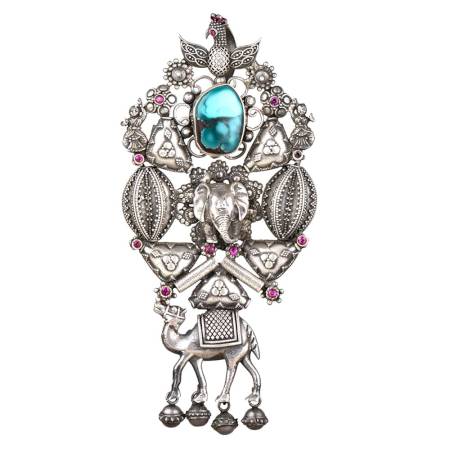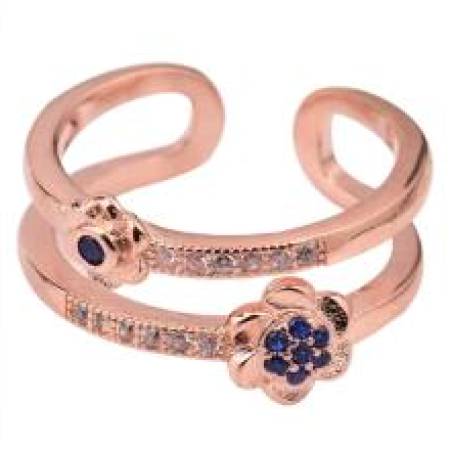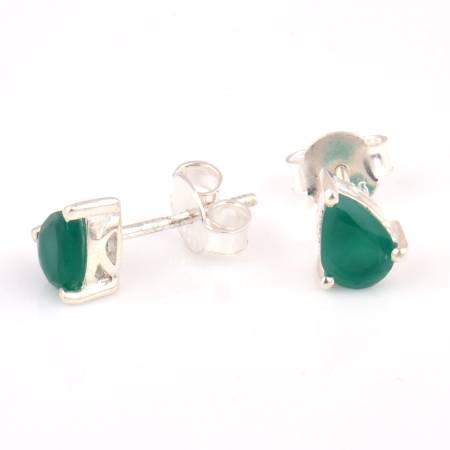The Ultimate Guide to Portrait Paintings: Techniques, Styles, Tools, Preservation, and Creative Uses
Portrait painting is one of the oldest, most personal genres in the visual arts. It has witnessed dynasties, revolutions, and inner reckonings. From Renaissance realism to modern minimalism, portraits are crafted to archive not just appearance, but emotion and essence. This section explores the fundamentals: What exactly is a portrait painting? What does it strive to communicate? And how has style evolved—from the classical grandeur of oil-painted kings to the raw immediacy of contemporary brushwork? Each answer takes you through layers of artistic philosophy, technique, and evolution.
What Is A Portrait Painting?
A portrait painting is a visual narrative centered around a human subject. More than mere representation, it is an artistic meditation on identity. Traditionally, a portrait involves capturing the sitter's face and upper body, but its scope transcends anatomy. The best portraits resonate with unspoken emotion—imbuing texture, posture, gaze, and gesture with psychological undertones. Artists like Rembrandt or Van Gogh used light and brush movement to hint at internal worlds. Whether rendered with precise realism or expressive abstraction, a portrait painting invites the viewer into silent dialogue with the subject. It tells us who the person was, who they appeared to be, and—most profoundly—who the artist saw. Ultimately, portraiture exists at the intersection of biography and perception, revealing not only the physical but also the existential.
What Does A Portrait Painting Aim To Capture Or Express?
Portrait painting aims to unveil the unseen—emotional undercurrents, social context, spiritual weight, and psychological landscapes. While technical likeness is often the starting point, true portraiture aspires to express something intangible: vulnerability in the eyes, defiance in the tilt of the head, serenity within a still body. Artists achieve this through posture, negative space, brush texture, light modulation, and chromatic decisions. A tight composition might evoke claustrophobia or focus, while a blurred background may hint at memory or uncertainty. The portrait becomes a container of both time and temperament. Its goal is not to copy but to interpret. As with the works of Egon Schiele or Lucian Freud, a portrait painting may disturb, seduce, or provoke—but always compels attention to the human spirit. It is the fusion of soul and stroke, reality and impression, flesh and feeling.
What Are The Different Styles Of Portrait Paintings (E.g., Classical, Impressionist, Contemporary)?
Portraiture has evolved through visual philosophies, each with its own grammar. Classical portraiture, exemplified by artists like Leonardo da Vinci or Ingres, prioritized proportion, anatomical fidelity, and idealized beauty. The brush was nearly invisible—details pristine, backgrounds symbolic, and the sitter positioned to project virtue or nobility. Impressionist portraits, as seen in works by Degas or Mary Cassatt, broke this with light-dappled strokes, candid moments, and emotion-led palettes. Expression was prioritized over precision. Contemporary portraiture ranges from hyperrealism (Chuck Close) to abstract minimalism (Marlene Dumas), exploring identity through distortion, collage, mixed media, or even digital paint. Today’s portraitists dismantle tradition—painting absence, duality, trauma, and transformation. Some modern works barely depict a face yet evoke identity profoundly. Thus, portrait styles are not simply techniques—they're visual ideologies, shifting with cultural context and the evolving human condition.
Techniques & Tools of Portrait Paintings
Portrait painting is not just observation—it is construction, translation, and meditation through materials. This section decodes the how: the brushstrokes, surfaces, and pigments that shape a soul on canvas. From the selection of canvas grain to the viscosity of oil, every choice dictates emotional resonance. We'll examine the process: how does one bring a likeness alive? What mediums serve each mood or sitter? And most importantly, how does one choose the appropriate method for a subject whose silence must be translated through color?
How Do You Create A Portrait Painting Accurately And Effectively?
To create an accurate and effective portrait painting, one must begin with attentive observation and empathetic understanding. Accuracy isn’t limited to proportion—it extends to psychological depth. Start with gesture sketches to capture movement and posture. Then, block in the overall form using value structure—light and shadow revealing form before detail. Underpainting often helps establish tonal range. Attention to planes of the face, bone structure, and transitions in skin temperature ensures realism. But effectiveness lies in the brushwork: soft where the soul quiets, sharp where the emotion peaks. Use edges to guide the eye. Complementary colors can energize expression; muted tones can solemnize mood. Glazing in oil, for example, brings inner luminosity. Each layer is a negotiation between likeness and interpretation. A successful portrait transcends resemblance—it allows the viewer to feel as if they’ve met the subject.
What Materials Are Used For Portrait Painting (Canvas Types, Brushes, Paint Mediums)?
Materials shape the atmosphere of a portrait. Canvas is the most common surface—usually linen or cotton. Linen, being tighter-woven, offers finer detail and durability; cotton is softer and more absorbent, good for looser work. Panels (wood or gesso board) are preferred for hyper-detailed styles like Renaissance portraiture. Oil paints remain the traditional medium due to their blendability, richness, and long working time. Acrylics are faster, more modern, ideal for experimental textures. Brushes vary—filberts for blending, rounds for detail, flats for broad shapes. Hog bristles offer stiffness, ideal for heavy impasto; sable brushes allow delicacy. Mediums like linseed oil, turpentine, and glazing agents modify texture, transparency, and drying time. Modern artists might use charcoal, pastels, or digital styluses, expanding the medium. Materials are not passive—they inform mood, precision, and presence. They are the unsung collaborators of the painted soul.
How Do You Choose The Right Portrait Painting Style Or Technique For Your Subject?
Choosing the right portrait style is an intuitive and conceptual decision. Begin with the subject’s character, story, and emotional presence. Is their personality quiet or flamboyant? Should the portrait suggest timelessness or transience? For classical elegance and formality, use structured lighting, oil glazes, and smooth brushwork. For spontaneity or modern sensibility, opt for alla prima technique, expressive brushstrokes, or mixed media. Consider the subject's relationship to the viewer—should they confront, withdraw, or invite? Backgrounds also inform context; stark or elaborate, flat or atmospheric. The decision is not purely aesthetic—it’s narrative. Think of technique as a voice that must echo the sitter’s energy. An aged hand may be better rendered with rough impasto, while youthful softness may call for fluid transitions. Ultimately, the style must honor the subject’s identity—not flatten it. A great portraitist listens first, paints second.
Purchase & Options Of Portrait Painting
The journey to acquiring a portrait painting is often layered with both aesthetic intent and personal resonance. Whether it’s a hand-painted commission or a curated piece, the selection mirrors emotional narrative and visual identity. Portraits can be found in online art galleries, independent artist portfolios, flea markets rich in character, or boutique decor stores. Bespoke services allow for personalization—selecting canvas grain, composition style (realism, impressionism, expressionism), or even oil vs. acrylic mediums. The buyer isn’t just purchasing pigment on canvas; they’re buying memory, presence, and often a fragment of identity encased in brushstrokes. These portraits can be options of legacy, modernity, nostalgia, or avant-garde interpretation.
Where Can You Buy Quality Supplies For Portrait Painting?
To create a timeless portrait, the right materials are non-negotiable. Quality supplies can be found in specialized art stores such as Blick, Michaels, or Indian alternatives like Hindustan Trading Company and Himalaya Fine Art. Online platforms like Jackson’s Art or ArtStation also cater to global artist needs. The core elements—archival-grade canvases, soft synthetic or hog bristle brushes, and pigments from reputable brands like Winsor & Newton or Camlin—anchor the technical base. Paper texture, brush grain, and color permanence all contribute to how emotion transmits through form. A seasoned artist often leans towards natural light and primed surfaces to let oil or charcoal breathe freely. The investment in tools equates to an investment in clarity, contrast, and character.
Comparison Of Portrait Paintings
Portrait paintings are often frozen echoes—timeless, interpretive, romantic in texture and abstraction. Unlike photographs, they do not capture what simply is, but what could be, shaped through the subjective perception of the artist. This poetic manipulation of form, light, and shadow allows for emotional exaggeration and psychological layering that a camera lens cannot mirror. Oil textures hold breath and pause; charcoal sketches evoke nostalgia; pastels romanticize memory. While photographs offer realism, paintings offer interpretation. One is a record. The other—a retelling.
Portrait Paintings Vs Portrait Photographs: What’s The Key Difference?
The fundamental difference lies in intent and transformation. A photograph documents—a split-second objective capture of time and presence. It thrives on accuracy, precision, and clarity. Meanwhile, a portrait painting interprets. It reimagines features through brush dynamics, chromatic subtleties, and emotional layering. Paintings can stylize bone structures, soften sorrows, or exaggerate dignity; they allow for distortions that amplify inner character. Moreover, photographs rely on the mechanics of exposure and lens, while paintings stem from the artist’s tactile decisions—pressure, palette, and emotion. Paintings age with grace, often absorbing the room’s aura, while photographs risk fading unless archived. Each has merit—but where photographs declare truth, paintings whisper possibility.
Creative Use & Aesthetics Of Portrait Painting
Portrait paintings transcend their frames when placed in intentional settings. In home decor, they function as conversation anchors, emotional tone-setters, or narrative continuations within a spatial story. When curated with ambient light and textural contrasts (think velvet cushions or unfinished walls), portraits speak louder. Artists today integrate portraiture into multimedia installations, fusing them with soundscapes, projection, or kinetic frames. In theatre sets or gallery projects, they echo memory, character study, or social commentary. The face becomes a mirror, not just of the subject—but of the viewer's own interpretation.
What Are Some Creative Uses Of Portrait Paintings In Home Decor Or Artistic Projects?
Portrait paintings are not limited to walls—they can be thematic centerpieces, emotional punctuation marks, or stylistic transitions in interior storytelling. Framed large above mantels, they command attention; as smaller pieces on gallery walls, they invite intimacy. In bohemian or maximalist styles, vintage portraits can add whimsical contrast. Artists also upcycle old portraits—embedding them in collage, using them for projection mapping in performances, or recreating them digitally with AI textures for modern exhibitions. In cultural projects, painted faces are used to address identity politics, migration narratives, or psychological introspection. Even within domestic spaces, placing a portrait near mirrors, earthy lamps, or textured rugs allows light and shadow to animate the gaze—turning stillness into silent cinema.
Frequently Asked Questions (FAQs)
What Are Portrait Paintings Typically Used For?
Portrait paintings transcend mere likeness—they are mnemonic devices of presence, status, lineage, and identity. Historically, they were commissioned to assert social stature or immortalize revered figures, often gracing royal chambers or ancestral halls. In contemporary use, portraiture continues as a visual language of personal legacy, memorializing not just the sitter’s appearance but their aura, temperament, and psychological complexity. Beyond private commissions, portraits are used in political, religious, and cultural documentation—icons of power, saints, scholars, and revolutionaries. They function as both historical records and narrative expressions. The pose, attire, background, and gaze encode layers of social commentary, metaphors, or emotional tension. Artists often utilize chiaroscuro or sfumato to accentuate depth, while the sitter’s expression channels temporality and interiority. Whether classical, expressionist, or surrealist, portraiture roots itself in human connection, inviting viewers into a suspended dialogue with time, character, and memory. It's not just a face—it’s the echo of a soul.
What Canvas Or Surface Works Best For Portrait Painting?
The ideal surface for portrait painting hinges on medium and intent. Linen canvas remains the classical choice, revered for its fine, durable weave and minimal texture that accommodates delicate brushwork—crucial for facial features and subtle gradations. When primed with lead white or acrylic gesso, it offers luminous undertones and archival quality. Cotton canvas is a budget-friendly alternative, though it lacks the structural tightness of linen. Wood panels—used extensively during the Renaissance—offer an ultra-smooth surface, perfect for achieving hyperrealism or layered glazes in oil. However, they require proper sealing to avoid warping. For works on paper (often used in watercolor or pastel portraits), archival quality, acid-free materials are essential to prevent discoloration. Portrait artists might also use toned grounds to control values or enhance contrast. The surface, ultimately, becomes part of the storytelling—whether it absorbs or resists paint, enhances texture, or anchors historical fidelity in the work’s materiality.
Can Portrait Paintings Be Preserved Without Color Fading Or Cracking?
Yes, but preservation demands discipline, appropriate materials, and environmental awareness. The fading of pigments or cracking of surface layers—craquelure—is often due to unstable mediums, exposure to UV light, humidity fluctuations, or acidic supports. Archival-quality materials—lightfast pigments, properly primed canvas, and non-yellowing varnishes—are foundational. Oil portraits benefit from a final damar or synthetic resin varnish, applied only after thorough curing (which may take months). Acrylics, though more flexible, can also fade if exposed to direct sunlight or if subpar pigments are used. Watercolors demand UV-filtered glass framing and must never contact moisture. Climate-controlled storage (40-60% humidity, 18-22°C) helps prevent mold or canvas slackening. Avoiding physical abrasion or improper cleaning is critical. Professional conservation techniques—like revarnishing, relining, or inpainting—may be required for historical works. Ultimately, portraiture is not just visual memory; it's a living surface that breathes, shifts, and must be respected across generations.
Are Portrait Paintings Permanent Or Do They Need Special Care Over Time?
While portrait paintings are crafted with the hope of permanence, their longevity is conditional upon meticulous care. Paintings, especially those using organic or oil-based mediums, are vulnerable to environmental degradation. Over time, oxidation, dirt, smoke, and exposure to UV radiation can dim their vibrancy or embrittle the medium. Oil paints, though archival, form brittle films if applied improperly or too thickly without respecting drying times between layers. Acrylics, while flexible and modern, attract dust and are difficult to clean once embedded. Watercolor portraits are particularly delicate and require glass shielding. Varnishes may yellow, canvases can sag, and stretcher bars may warp. Ideal storage conditions include consistent humidity, no direct sunlight, and minimal air pollutants. Museum-grade conservation framing—with acid-free backings and UV-protected glazing—is recommended. Portrait paintings are like aging bodies: with love, shielding, and occasional expert attention, they endure with grace and soul across centuries.
What Type Of Paint (Oil, Acrylic, Watercolor) Is Best For Rich Tones In Portraits?
For sumptuous, layered tonal depth, oil paint remains the master medium. Its slow drying time allows for precise blending, seamless transitions, and controlled glazing—a technique where thin transparent layers build luminosity. Classical portraitists like Rembrandt and Velázquez harnessed oil’s viscosity and pigment richness to achieve unparalleled chiaroscuro and psychological realism. Acrylics, while less forgiving in blendability, offer versatility and faster drying times. Advances in polymer technology now enable acrylics to mimic oils’ depth somewhat, especially when using retarders or mediums. Watercolors, although more spontaneous and luminous, often lack the saturation and tonal layering required for intricate portraiture, unless used in dry brush or mixed techniques. Gouache, being opaque, bridges this gap slightly. The choice ultimately depends on the artist’s narrative intent—oils for gravitas and emotion, acrylics for vibrancy and flexibility, watercolors for ethereal lightness. Each medium speaks a different visual language—but for tonal grandeur, oil remains unmatched.
Are Portrait Painting Techniques Consistent Across Various Art Movements?
No—portrait techniques evolve radically across movements, reflecting cultural shifts, philosophies, and aesthetic ideologies. In Classical and Renaissance art, portraits followed strict anatomical proportions, often employing sfumato and glazing to create lifelike skin tones and ethereal expressions. Baroque portraiture emphasized theatricality and chiaroscuro, adding spiritual depth and dramatic tension. The Neoclassical era favored stoicism, symmetry, and clarity. Romanticism injected emotional vulnerability, painterly brushstrokes, and introspection. Impressionists like Manet broke with tradition, using looser strokes and ambient light to capture fleeting expressions. Expressionists such as Egon Schiele or Van Gogh distorted form for psychological resonance. Cubists like Picasso deconstructed identity itself. Modern and postmodern movements reject representational accuracy entirely—opting for abstraction, satire, or commentary. Thus, techniques range from underpainting and alla prima to impasto and digital layering today. Portraiture, therefore, is a mirror not only of the sitter but of the time and ideology in which it’s painted.
What Is The Cultural Or Historical Significance Of Portraiture In Global Art Traditions?
Portraiture is a universal mode of identity inscription, rich in symbolism, power, and ritual across civilizations. In ancient Egypt, funerary portraits aimed to preserve ka (spirit) beyond death, employing encaustic on wood panels with stylized eyes. Chinese literati portraits emphasized moral character over likeness, using ink and brush minimalism. Indian miniature paintings often depicted rulers with ornate detail to assert divine kingship. In Europe, Renaissance portraiture signaled the rise of individualism, while West African Ife bronzes elevated royal dignity with lifelike realism. Indigenous art frequently blends spiritual totems with facial representation, interweaving ancestry and myth. Colonial portraiture, by contrast, often reflected Eurocentric hierarchies. Across all traditions, portraiture is rarely just physical—it is ritual, social, and political. Whether as a means of self-representation, ancestral veneration, or ideological assertion, portraiture inscribes human presence into history. It serves as both mirror and mask—revealing and concealing identity within aesthetic codes and cultural belief systems.
How Can You Clean, Preserve, Or Restore Old Portrait Paintings Using Reliable Techniques?
Restoration is a highly specialized discipline, requiring knowledge of chemistry, art history, and delicate technique. Initial cleaning often starts with a soft, dry sable brush to remove surface dust. Deeper cleaning may use conservation-grade solvents—applied under magnification—to remove grime or yellowed varnish without disturbing paint layers. Oil portraits may require varnish removal and reapplication to restore original color values. Flaking paint is stabilized with consolidants; tears can be mended with canvas patches or relining. Acrylic paintings are sensitive—wet cleaning can damage surfaces, so dry cleaning with cosmetic sponges is preferred. For fragile works on paper, deacidification or humidification chambers may be used. Never attempt restoration without expertise—DIY attempts often worsen damage. Museums often employ UV fluorescence to detect overpainting, x-rays to assess structural damage, or infrared reflectography to study underdrawings. Preserving portraiture is not only technical; it’s a reverent act of recovering time, intention, and memory layer by layer.
How Do Various Portrait Painting Methods Influence The Emotion Or Story Of The Artwork?
Technique is the emotional vocabulary of portraiture. The method chosen dictates how the story unfolds—soft, blended brushwork evokes tenderness and introspection, while aggressive impasto implies urgency, turmoil, or boldness. Chiaroscuro dramatizes inner conflict or revelation, casting subjects in theatrical light. Alla prima lends immediacy and rawness, capturing fleeting expressions, while classical glazing creates a contemplative, timeless aura. Color palette, too, shapes narrative—muted tones whisper grief or nostalgia; vibrant hues proclaim vitality or eccentricity. Backgrounds may be voids to isolate the psyche or richly detailed to contextualize the subject’s world. Composition—centrality, gaze, hand placement—can suggest power, submission, or intimacy. Even scale transforms impact: a life-sized portrait commands presence; a miniature whispers secrets. Technique is never neutral—it frames perception, emotion, and mythology. Whether echoing Dutch realism or contemporary abstraction, method sculpts meaning. In portraiture, how the paint moves often tells more than what it paints.
How Can Portrait Paintings Enhance Interiors Through Frame Choice, Placement, Or Color Coordination?
Portrait paintings are spatial anchors—objects of gravity and focus that can elevate interiors with storytelling and sophistication. Frame selection is crucial: ornate gilded frames suit classical portraits and add opulence to formal rooms, while minimalist or floating frames modernize contemporary works, complementing lofts or gallery spaces. Color coordination matters deeply—harmonizing the painting’s palette with surrounding decor enhances cohesion, while bold contrasts can spotlight the piece as a statement. Warm-toned portraits bring intimacy to libraries or bedrooms; cool-toned ones lend serenity to hallways or offices. Placement height is critical—eye-level engagement establishes connection, while over-mantel or gallery walls create drama. Lighting adds another dimension—spotlights or wall washers can highlight brushwork, texture, and emotion. In curated interiors, a portrait isn't décor; it's dialogue—introducing a face, a presence, a history. When thoughtfully integrated, portraiture doesn’t just fill walls—it deepens rooms with human essence and emotional architecture.
Can Portrait Paintings Serve As Meaningful Gifts For Weddings, Retirements, Or Family Celebrations?
Portrait paintings transcend material gifts—they are heirlooms of sentiment, intimacy, and timeless artistry. In weddings, they become emblematic of union: capturing not only likeness but emotional texture—each brushstroke reflecting shared history or future promise. For retirements, a well-rendered portrait becomes a commemoration—a chromatic salute to decades of identity, toil, and transformation. Unlike digital prints, oil or charcoal portraits convey the gravitas of pause and presence, often evoking chiaroscuro for depth or sfumato for gentle transitions in tone. During family celebrations—anniversaries, milestone birthdays—portraits gain a sacred dimension: they anchor memories with aesthetic permanence. Gifting one is a declaration: “Your existence is artworthy.” When composed with narrative sensitivity—perhaps adding symbolic elements like books, flowers, or meaningful backdrops—they become storied compositions rather than mere visuals. In essence, portrait paintings do not just mark an occasion—they elevate it into legacy.
What Are Some Original Styling Ideas Or DIY Ways To Showcase Or Personalize Portrait Paintings?
To elevate a portrait’s narrative beyond the frame, start with contextual curation. Use layered gallery walls that juxtapose the painting with handwritten letters, vintage frames, or monochrome sketches—letting the portrait exist within a visual symphony. Incorporate soft spotlighting or directional sconces to dramatize texture—especially if it’s impasto or features chiaroscuro. For DIY flair, consider rustic floating frames made of reclaimed wood or create a shadow box that includes symbolic items (like a miniature easel, brush, or trinkets relevant to the subject’s story). You can also personalize a space by painting the backdrop wall in a complementary tone from the portrait’s palette, enhancing tonal cohesion. Integrate glass domes or matte varnishes based on finish and medium—charcoal loves minimal interference, while oil revels in soft gloss. Lastly, add annotations near the frame—a hand-written title or story behind the piece—blending curatorial voice with familial warmth. The goal? To let the painting breathe with the room, not in it.
